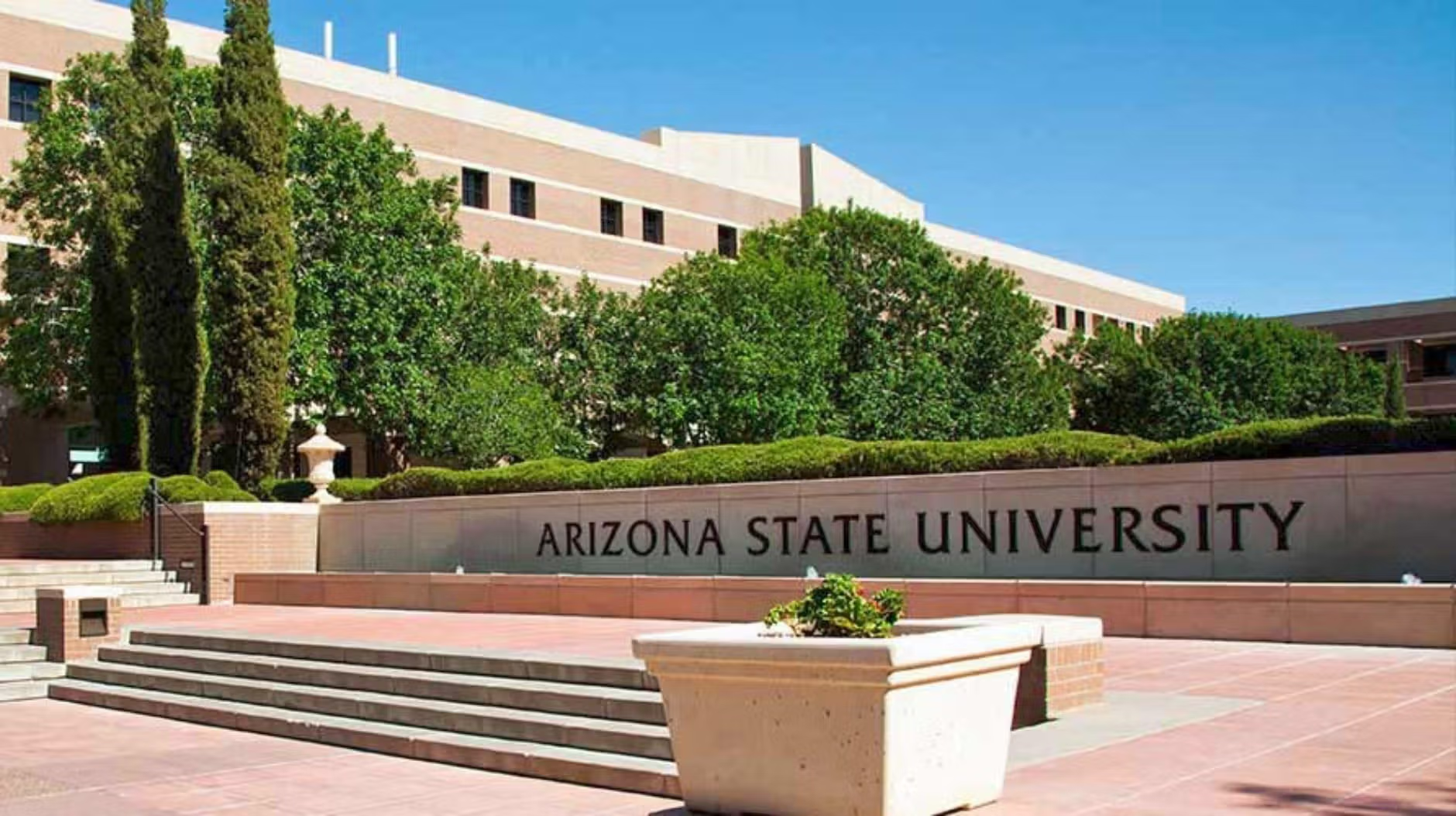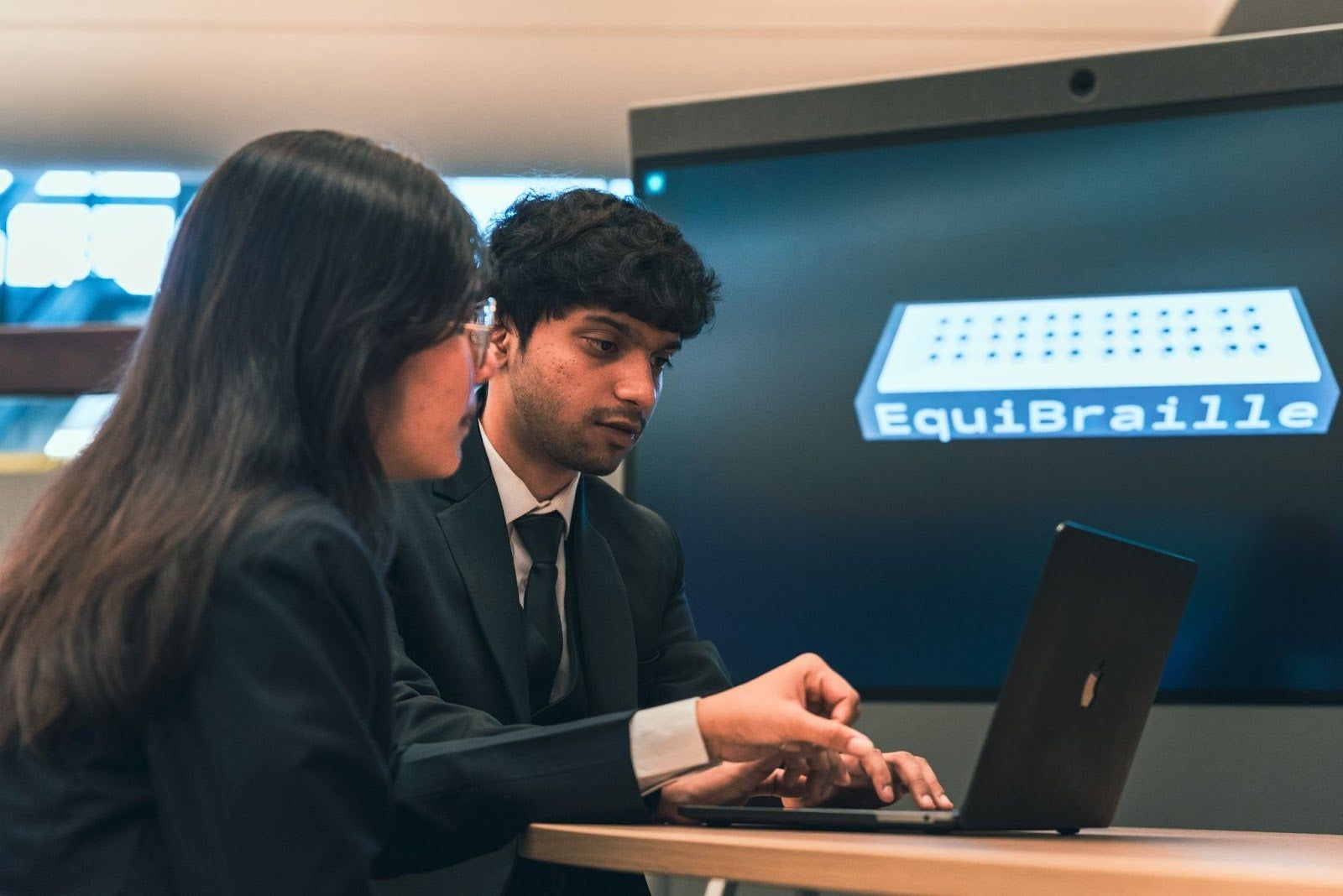More case studies
View all case studiesArizona State University advances student innovation at the speed of 5G

Our customer
Arizona State University Enterprise Technology is the University’s IT department. To help ASU communities be successful and secure, Enterprise Technology advances the way tech is used in-person and online through action-oriented projects, programs, and innovative partnerships.
Inseego 5G solutions make imagination a reality
The challenge – Putting 5G to work
Technology has opened the door for students to become creators. Whether coding, designing, building or more, learners benefit from tools that make the process more seamless. Recent innovations in 5G and multi access edge computing (MEC) mean that students can create almost as quickly as they can dream; all the resources and services are positioned at the literal edges of the network, rather than centralized, making them more readily available – wherever they are.
What happens when students are challenged with devising new ways to leverage this technology to improve societal wellbeing?
That was the premise at the Arizona State University (ASU) Digital Equity Student Jam, organized by the Learning Futures team at ASU Enterprise Technology. At the end of the two-day event held in February 2022, seven student teams presented their ideas to a panel of judges.
Each of the three finalists selected received $6000 and a 5G data plan from Verizon, storage credits from Amazon Web Services (AWS), and an Inseego 5G MiFi® Mobile Hotspot to continue pushing the creative envelope.

The solution – 5G performance and portability
The Inseego 5G MiFi® Mobile Hotspot gave the finalist teams fast, low-latency access to the Verizon 5G Ultra Wideband network at ASU as they developed and tested prototypes for the final phase of project selection.
Jim Pfleger, a distinguished architect at Verizon who mentored the teams, points out the MiFi Hotspots were ideal for prototyping because the teams could access the 5G network wherever they were working. He also notes the MiFi Hotspot is an affordable, widely available 5G device, designed for developing solutions for mass consumption.
“We put the SIM card in the Inseego MiFi Hotspots, got them onto the Verizon 5G network, and the students were off and running. It was seamless.”
–Jim Pfleger, Distinguished Architect at Verizon
The results – Improving experiences for the visually impaired
The winning project was EquiBraille, a smart, refreshable braille display that helps visually impaired students achieve their educational goals. The EquiBraille team went on to participate in the Clinton Global Initiative, and placed in the top four.
Olivia Hernandez managed the Student Jam, and based on the initial success of the event and the EquiBraille project, she is excited about additional opportunities to leverage 5G, MEC, and Inseego 5G products. A 5G-enabled ‘battle of the bands’ where musicians are located in different buildings is just one of the future events.
“EquiBraille is a fantastic project that shows what students are capable of with the right technology and environment. This was made possible thanks in part to the Inseego MiFi Hotspot. The results really show us that 5G can enable more innovation in flexible ways for our community members.”
– Olivia Hernandez, Project Manager for the Immersive Creation Studio at ASU’s Learning Futures Collaboratory
